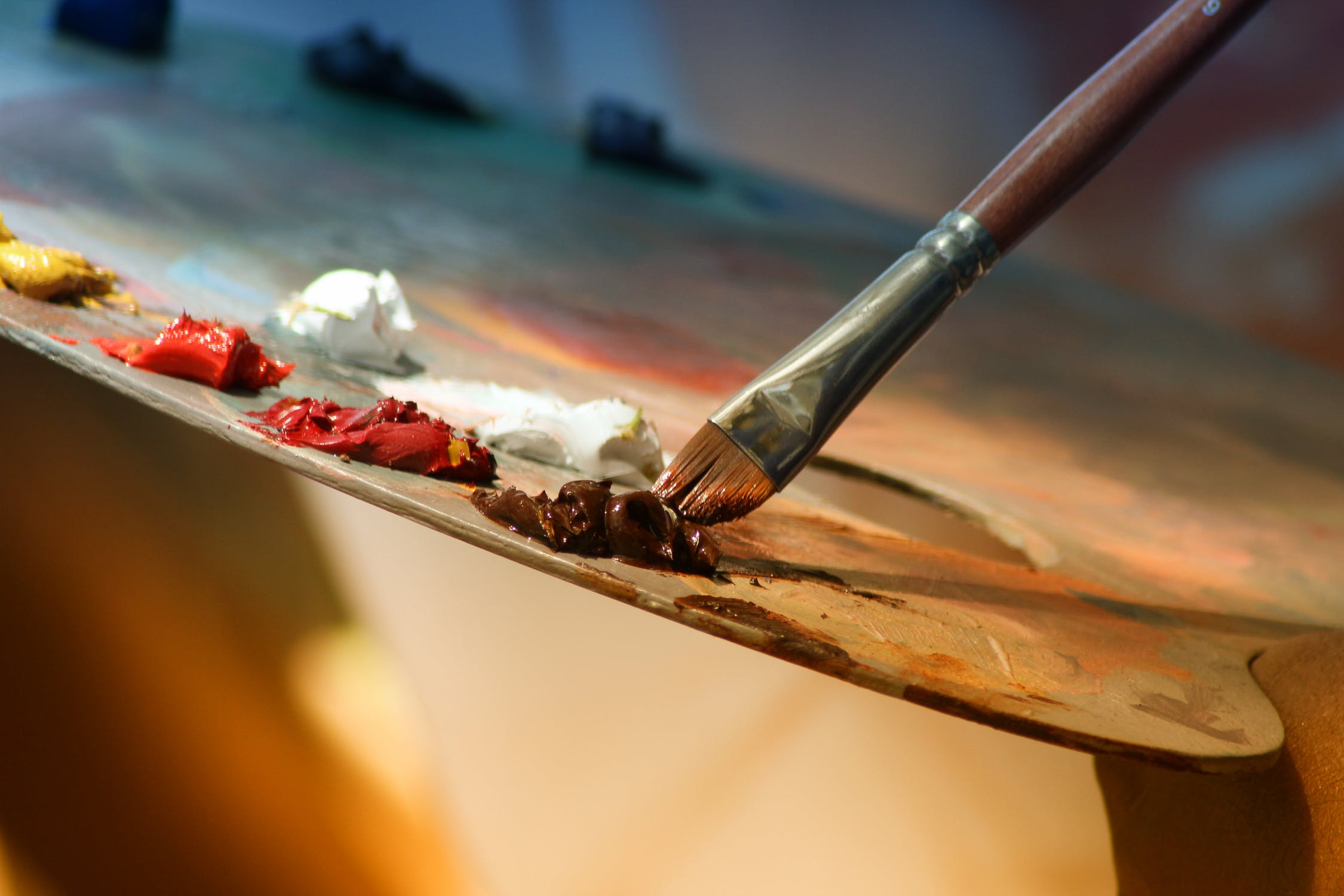More often than not, the words “art” and “medicine” are two words that you barely see used in one sentence.
The same goes in real life. Arts and medicine are considered two very different battlefields, often seen as parallel lines.
But that’s not always the case.
If you look at it carefully, art has been in the medical industry, even when no one notices it.
Medicine students would have to memorize the entire structure of a human body: each bone, organ, and vein and where they are placed. This can be learned better through the use of drawings and sketches. That alone is art in medicine.
But art can do much more than just being visual aids in the medical field.
Medicine’s main purpose is to “heal the sick and relieve suffering.” However, patients today are looking for more than a doctor who analyzes and gives off prescriptions; they want someone to converse and have physical contact with.
Good medicine practice doesn’t rely on scientific knowledge alone. It also needs good manners.
Medical schools have discovered that teaching arts to medical students can help them establish observational skills and become empathetic to their patients.
The humanities play a necessary and specific role while medicine grows beyond its present contribution with technology, Eric Cassellsaid in his study: The Place of Humanities in Medicine.
This means that the arts can help medicine establish a diagnosis not just with textbooks and general knowledge in schools, but also with the narrative of the patient on his symptoms, his history, and emotions.
Some universities in the United States and the United Kingdom are applying art and humanities when teaching philosophical ethics due to reason that it leaves an impression, and generates a deeper discussion with its medical students.
In arts colleges North Carolina, an organization was established to help people diagnosed with chronic illnesses to “flourish their relationship with their health.”
“The Invisible Elephant Project” of the BETAS Organization of the University of North Carolina- Chapel Hill, led by Marina Tsaplina, looked to connect the arts and medicine through a puppetry performance and workshop.
The project is part of the university’s College of Arts & Sciences “Healing in Literature and Ethnography” course.
“The Invisible Elephant Project” was a response to a call made by the American Association of Medical Colleges which said that medical education needs arts and humanities.
According to Amanda Graham, the Carolina Performing Arts associate director of engagement, “Art is an excellent translator.” She also said that a project like this encourages us to appreciate how something systematic is also a human endeavor.”
Arts colleges North Carolinaalso offers an undergraduate honors minor degree in literature, medicine, and culture following the increase of interest in medical humanities.
The arts can help a better world in medicine, all it takes is the first step. Whether it’s a movie review in an ethics class or establishing a course that connects humanities and medicine healing, arts can help create more empathetic and accomplished professionals in the medical field.

